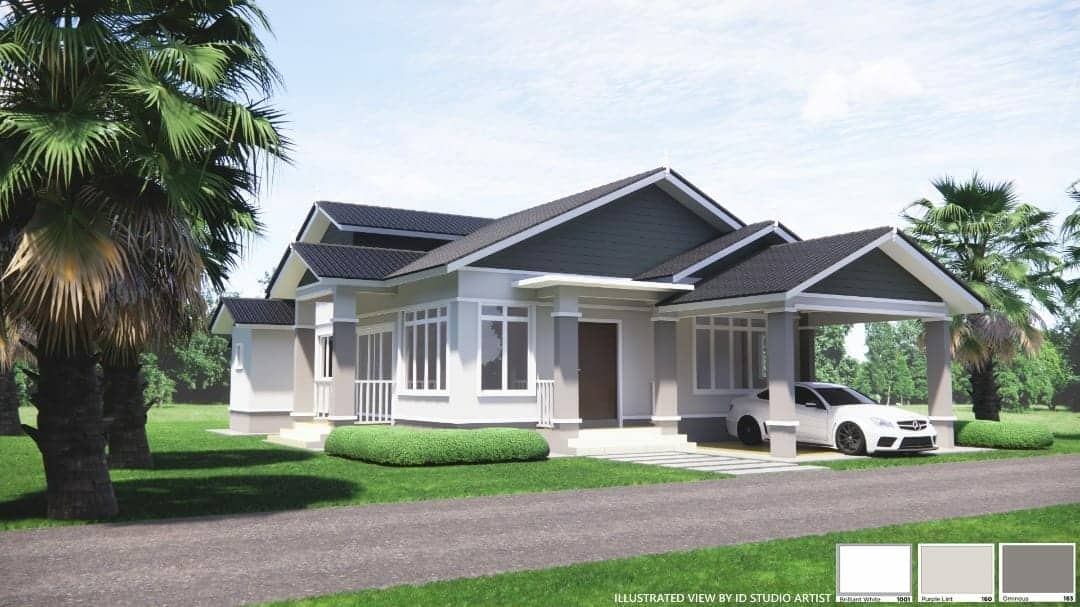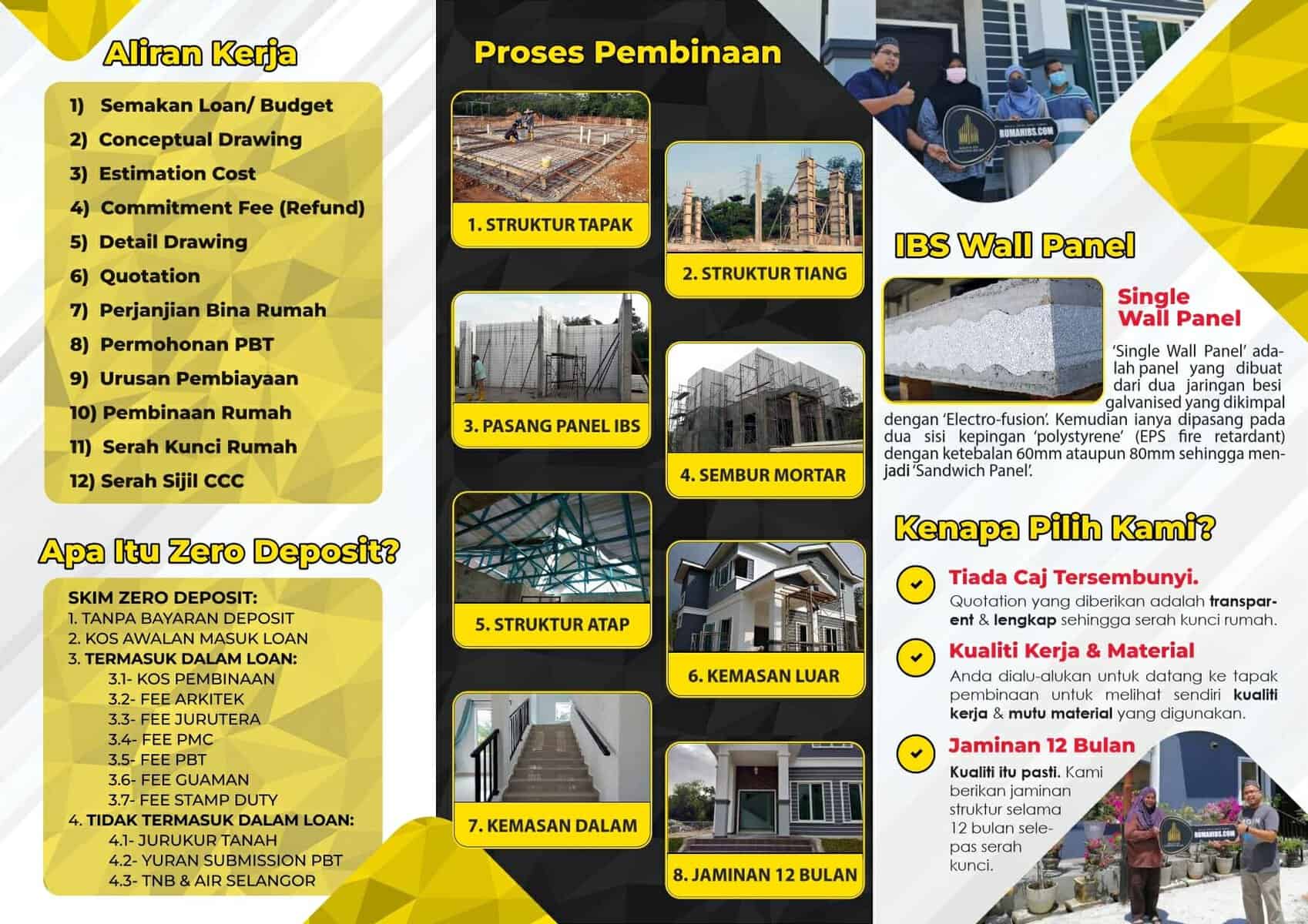
Blog
House Construction: A Beginner’s Guide to Building Your Dream Home


House Construction: A Beginner’s Guide to Building Your Dream Home
Introduction
Are you ready to turn your dream of owning a house into a reality? Building a home from scratch is an exciting journey that allows you to create a space that reflects your unique style and meets your specific needs. However, the process of house construction can be overwhelming, especially for beginners. That’s why we’ve created this comprehensive beginner’s guide to help you navigate through every step of the construction process. From planning and design to budgeting and construction techniques, this article will equip you with the knowledge and confidence you need to embark on your house construction project.
Table of Contents
- Importance of Planning for House Construction
- Designing Your Dream Home: From Blueprint to Reality
- Choosing the Perfect Location for Your House
- Navigating Permits and Legal Requirements
- Collaborating with Architects and Contractors
- Establishing a Realistic Budget for Your Project
- Laying a Solid Foundation: Site Preparation and Excavation
- Framing Your House: Structural Components and Building Materials
- Plumbing and Electrical Systems: Ensuring Functionality and Safety
- Insulation and HVAC Installation: Creating a Comfortable Environment
- Interior and Exterior Finishes: Adding Style and Personality
- Landscaping and Outdoor Spaces: Enhancing Curb Appeal
- Quality Control and Inspections: Ensuring Construction Standards
- Finalizing the Construction Process: Putting on the Finishing Touches
- Maintenance and Upkeep: Preserving the Value of Your Investment
- Conclusion
Importance of Planning for House Construction
The success of any house construction project lies in thorough planning. This phase allows you to define your goals, visualize your dream home, and identify the necessary resources. Consider the number of bedrooms, bathrooms, and overall square footage you desire. Think about your lifestyle, future needs, and any unique design preferences you may have. Planning will serve as the roadmap for your project, helping you stay organized and focused throughout the construction process.
Designing Your Dream Home: From Blueprint to Reality
Designing your dream home is where imagination meets functionality. Work with architects and designers to create a blueprint that brings your vision to life. Consider the layout, flow, and architectural style that suits your taste. Maximize natural light, optimize space utilization, and incorporate sustainable design principles. The design phase is your opportunity to personalize your home and make it truly unique.
Choosing the Perfect Location for Your House
Location is a critical factor in house construction. Consider proximity to schools, workplaces, amenities, and the overall livability of the neighborhood. Evaluate the potential for future growth and resale value. Assess the suitability of the land, including soil conditions, drainage, and topography. The right location will enhance your quality of life and ensure long-term value for your investment.
Navigating Permits and Legal Requirements
Before breaking ground, you must navigate through the maze of permits and legal requirements. Research local building codes, zoning regulations, and environmental restrictions. Obtain the necessary permits and approvals from local authorities. Adhering to legal guidelines will ensure your house is safe, structurally sound, and compliant with regulations.
Collaborating with Architects and Contractors
Collaboration with experienced architects and contractors is crucial for a successful house construction project. Seek recommendations, review portfolios, and interview potential professionals. Choose individuals or firms with a proven track record, strong communication skills, and a clear understanding of your goals. Effective collaboration with professionals will turn your dream into a tangible reality.
Establishing a Realistic Budget for Your Project
Establishing a realistic budget is a vital aspect of house construction. Consider all expenses, including land acquisition, architectural design, labor costs, materials, permits, and unforeseen contingencies. Allocate a contingency fund to accommodate unexpected expenses. It’s essential to align your budget with your financial capacity to avoid financial strain and ensure a smooth construction process.
Laying a Solid Foundation: Site Preparation and Excavation
The foundation is the backbone of your house. Engage experienced contractors to prepare the site and lay a solid foundation. Proper site preparation includes clearing vegetation, leveling the land, and excavation. Depending on the type of foundation (e.g., slab, crawl space, or basement), the construction process will vary. Adhere to engineering specifications and building codes to ensure a strong foundation.
Framing Your House: Structural Components and Building Materials
Framing is where your house starts to take shape. Contractors use structural components and building materials to create the skeleton of your home. The framing phase includes erecting walls, floors, and the roof system. Precise measurements, accurate cutting, and adherence to architectural plans are crucial during this stage. Framing sets the stage for the rest of the construction process.
Plumbing and Electrical Systems: Ensuring Functionality and Safety
Plumbing and electrical systems are the lifelines of your home. Hire licensed professionals to install these systems, ensuring compliance with safety standards and local codes. Plumbing involves installing pipes, fixtures, and drainage systems, while electrical work includes wiring, outlets, and lighting installations. Collaborate with professionals to design efficient systems that meet your household’s needs.
Insulation and HVAC Installation: Creating a Comfortable Environment
Insulation and HVAC (heating, ventilation, and air conditioning) systems play a vital role in creating a comfortable living environment. Proper insulation regulates temperature, reduces energy consumption, and enhances soundproofing. Install insulation materials in walls, floors, and ceilings. Consider energy-efficient options to save on long-term operational costs. Additionally, ensure the installation of an HVAC system that provides efficient climate control throughout your home.
Interior and Exterior Finishes: Adding Style and Personality
The interior and exterior finishes give your house its unique character. Select materials, colors, and textures that align with your design preferences. Install flooring, wall finishes, cabinetry, and fixtures to create functional and aesthetically pleasing spaces. Pay attention to details such as paint, trim, and lighting to enhance the overall appeal of your home.
Landscaping and Outdoor Spaces: Enhancing Curb Appeal
Landscaping transforms your property into a beautiful oasis. Plan and design your landscape to complement the architectural style of your home. Consider elements such as gardens, pathways, outdoor seating areas, and recreational features. Landscaping enhances curb appeal, increases property value, and creates inviting outdoor spaces for relaxation and entertainment.
Quality Control and Inspections: Ensuring Construction Standards
Throughout the construction process, ensure quality control and inspections are conducted. Engage professionals to assess the structural integrity, compliance with codes, and adherence to design specifications. Address any issues promptly to ensure your house meets the required standards. Quality control and inspections minimize potential problems and ensure a safe and well-built home.
Finalizing the Construction Process: Putting on the Finishing Touches
As your house nears completion, it’s time to put on the finishing touches. Finalize the installation of fixtures, conduct thorough cleaning, and perform necessary touch-ups. Verify that all systems are fully operational and meet safety requirements. Prepare for the final inspection and obtain a certificate of occupancy, signaling the completion of your dream home.
Maintenance and Upkeep: Preserving the Value of Your Investment
After the construction process, it’s crucial to maintain and upkeep your house properly. Regularly inspect the property for any repairs or maintenance requirements. Implement preventive measures to address common issues such as plumbing leaks, electrical malfunctions, and wear and tear. By staying proactive in maintaining your house, you can ensure its longevity and preserve its value.
Conclusion
Building a house is a rewarding experience that allows you to create a space uniquely tailored to your preferences and needs. By following this beginner’s guide, you have gained a solid understanding of the house construction process. Remember to plan meticulously, collaborate with professionals, adhere to legal requirements, and maintain a realistic budget. With careful consideration of each stage, you can confidently embark on your house construction journey and transform your dream home into a reality.
FAQs (Frequently Asked Questions)
Q: How long does it take to build a house from start to finish? A: The duration of house construction varies depending on factors such as size, complexity, weather conditions, and availability of resources. On average, it can take anywhere from a few months to over a year to complete a house.
Q: Can I build a house without hiring an architect? A: While it’s possible to build a house without an architect, hiring one offers several advantages. Architects bring expertise in design, functionality, and compliance with building codes. Their involvement ensures a well-planned and visually appealing house.
Q: How much does it cost to build a house? A: The cost of building a house depends on various factors, including location, size, materials, finishes, and labor costs. It’s essential to create a detailed budget that considers all expenses to get an accurate estimate.
Q: What permits do I need for house construction? A: The permits required for house construction vary based on local regulations. Common permits include building permits, electrical permits, plumbing permits, and permits for site preparation and landscaping.
Q: Can I make changes to the house design during construction? A: While it’s possible to make changes during construction, it can be costly and may cause delays. It’s recommended to finalize the design before construction begins to avoid complications and additional expenses.





